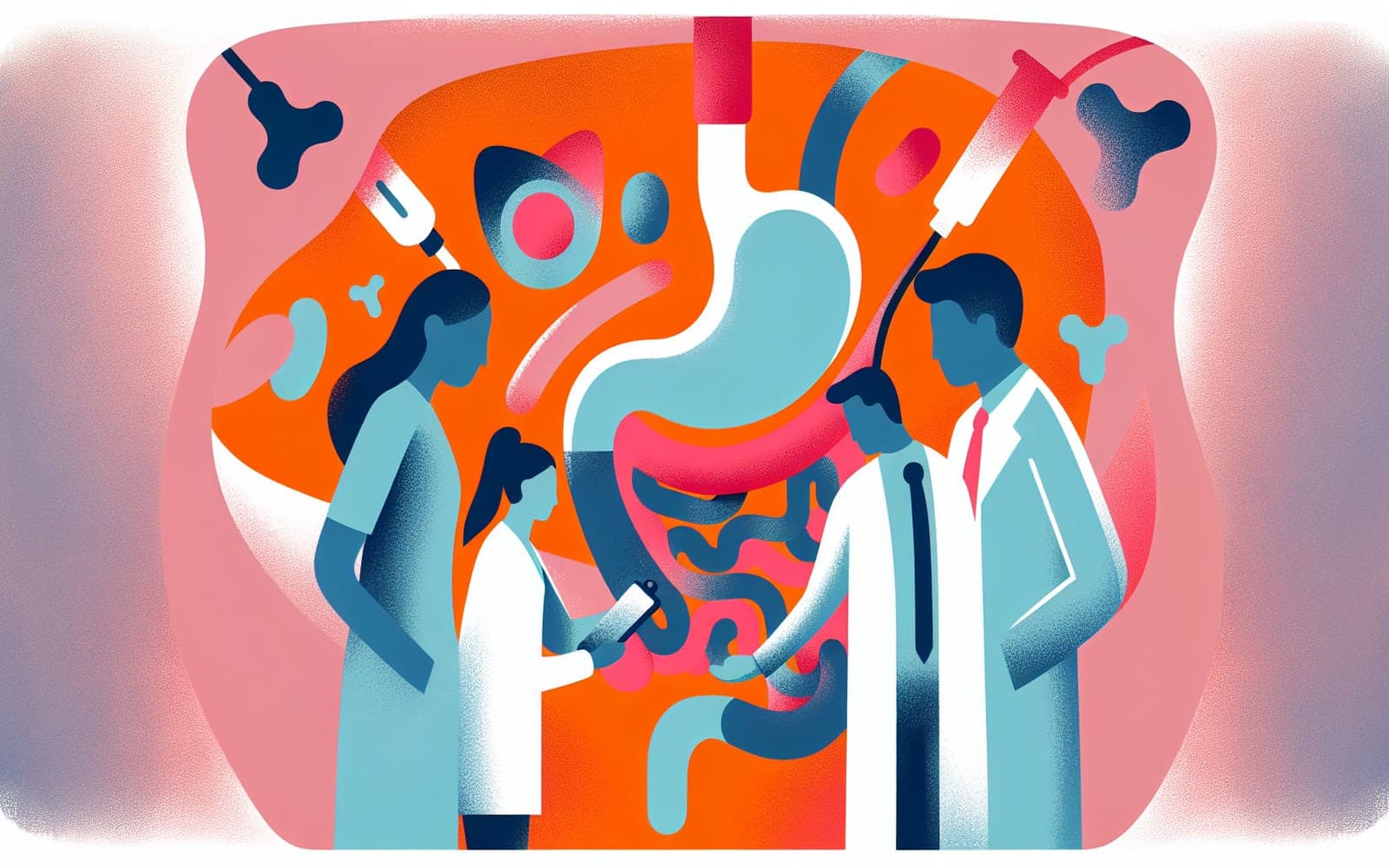Cracking the Code: How Doctors Diagnose Acute Cholecystitis
Published: Feb 15, 2024
Diagnosing acute cholecystitis is like solving a medical mystery. Doctors use a combination of physical exams, blood tests, and imaging studies to piece together the puzzle and confirm the diagnosis.
Contents
The Physical Exam: Hands-On Detection
The first step in diagnosing acute cholecystitis is a thorough physical examination. Doctors look for key signs like right upper abdominal pain and fever. A special test called Murphy's sign is often performed. During this test, the doctor presses on the gallbladder area while the patient takes a deep breath. If this causes pain or catches the patient's breath, it's a positive Murphy's sign and suggests gallbladder inflammation.
Blood Tests: Clues in the Lab
Blood tests provide important clues about what's happening inside the body. In acute cholecystitis, doctors typically see an elevated white blood cell count, indicating infection or inflammation. They also check liver function tests and may see mild elevations in certain enzymes. These tests are like reading the body's internal report card - they give doctors valuable information about what's going on beneath the surface.

Imaging: Seeing is Believing
Imaging tests are crucial for confirming the diagnosis of acute cholecystitis. Ultrasound is usually the first choice. It can show gallstones, gallbladder wall thickening, and fluid around the gallbladder - all signs of inflammation. Think of ultrasound as a window into the body, allowing doctors to see the gallbladder in real-time. If ultrasound results are unclear, doctors may use other imaging tests like CT scans or a special nuclear medicine test called a HIDA scan.
Frequently Asked Questions
Ultrasound has a sensitivity of about 88% and specificity of 80% for acute cholecystitis.
It's a nuclear medicine test that shows how well the gallbladder is functioning.
No, blood tests are helpful but not sufficient for a definitive diagnosis.
It can vary, but most tests can be completed within a few hours to a day.
Key Takeaways
With today's advanced diagnostic tools, doctors can accurately identify acute cholecystitis and start appropriate treatment quickly.
If you're experiencing symptoms that might suggest gallbladder problems, don't hesitate to consult with Doctronic about the diagnostic process and what to expect.Related Articles
References
Trowbridge RL, Rutkowski NK, Shojania KG. Does this patient have acute cholecystitis? JAMA 2003; 289:80.
Shea JA, Berlin JA, Escarce JJ, et al. Revised estimates of diagnostic test sensitivity and specificity in suspected biliary tract disease. Arch Intern Med 1994; 154:2573.
Always discuss health information with your healthcare provider.

